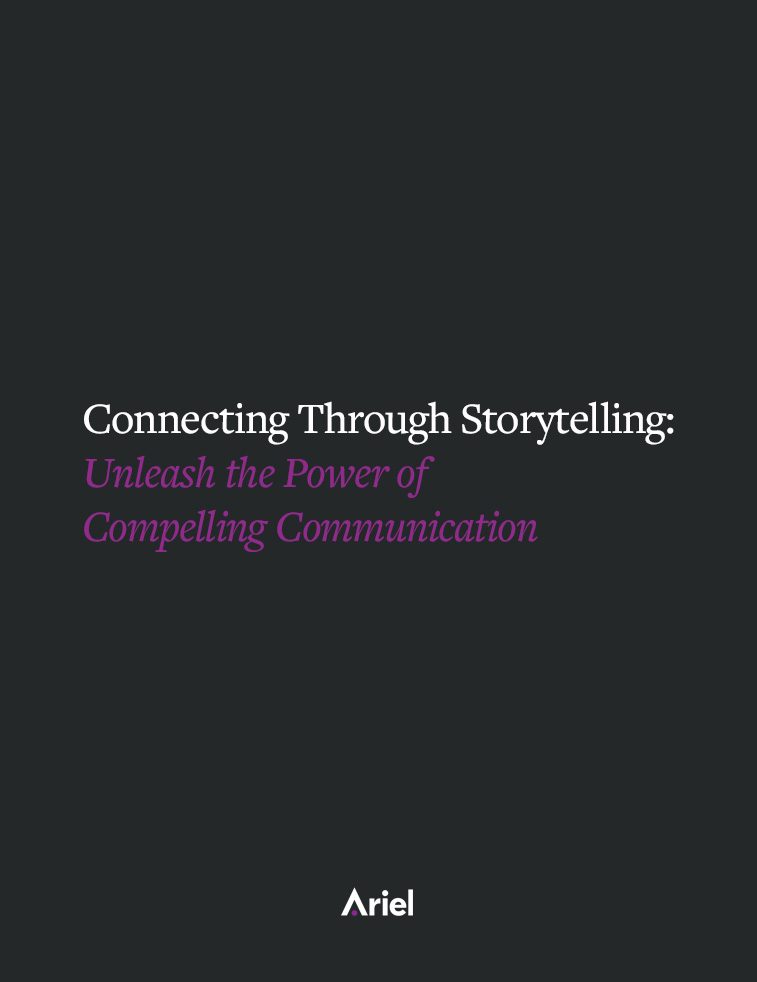The Importance of Positioning Statements

As much as we may try to avoid them like the plague, there are times when we must have difficult client conversations. Whether we are turning down their requests, increasing fees, enforcing a policy or delivering bad news, it is all part of the job.
Whenever you are facing one of these difficult conversations, strategic use of positioning statements can make the situation much more bearable. A positioning statement is a climate setter – it establishes the tone of the meeting. It also provides you with the opportunity to let the client know your intentions before you discuss anything.
There are three key components associated with every good positioning statement. Let’s take a look at each:
Positioning the Meeting in the Context of the Relationship
Firstly, a positioning statement has to reference your relationship with the client. It is important to let the client know that your relationship is of primary importance to you and that although you have some challenging things to discuss, you will discuss them with your partnership in mind:
“Jim, we have been working together for several years and have worked hard to be a viable resource and collaborative partner. I want you to know before we begin our discussion how important this relationship is to me and your company.”
Clarify your Intentions and Desired Outcomes
It is equally important to clarify your intentions, as they can easily be misinterpreted. We all know that intentions are not always consistent with the impact of what you say, and a difficult conversation is the last place you want that to happen. Be clear as you express your desired outcome:
“My intent today is to reach a mutually acceptable solution to the issue we discussed. I hope we can leave this meeting feeling good about our conclusions. I am confident that we can.”
Clarify the Client’s Desired Outcome
The conversation can never be just about you. Up to this point, you have been discussing what you want, what you value and what you intend to accomplish. It shows respect for the client when you ask them to express their intentions next:
“Having said that, I would now like to know your thoughts. Can you share with me what you hope to accomplish today? I want this meeting to have positive results for both of us.”
The intent is to get that challenging meeting off to a great, positive, diplomatic start. By reminding the client of the importance and value of the relationship; clarifying your intentions and desired outcome; and learning what they want to accomplish, you increase the likelihood that your meeting will accomplish its objectives.
Use positioning statements and your challenging conversations may just become a bit more comfortable. Give it a try – the reduced stress and tension will be worth it, every time.
—
What is one of your favorite positioning statements? Leave a comment to let us know.
